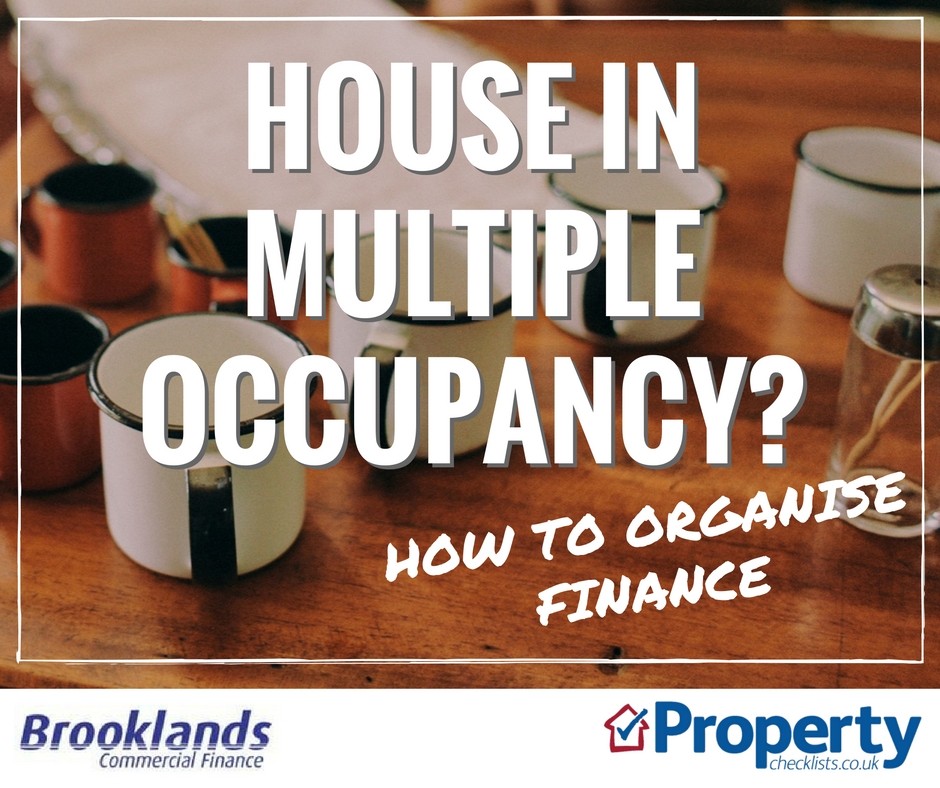In times of uncertainty, home movers usually react pretty badly and basically ‘batten’ down the hatches, so many buyers and sellers refuse to move. Despite the uncertainty over the last 12 months and with the added hope over the last month or so that the country can go back to some sort of ‘new normal’, additional support for FTBs and the SDLT extension, it’s apparent that the huge desire to move last year has continued. No-one expected this would happen in Q2 2021 and now the likes of Nationwide are forecasting that “Housing market activity is likely to remain fairly buoyant over the next six months” when most of us thought by Q2 the market would start to slow.
Commentary from the likes of TwentyCi, Nationwide and others believe that the market will remain strong post the end of the SDLT holiday. Nationwide for example, surveyed homeowners at the end of April who were thinking of moving and three quarters said they would have continued to do so, even if the SDLT holiday hadn’t been extended. This is backed up by the fact that Scotland remains busy despite the fact that pre-Covid rates now apply. Rightmove explains “Housing market activity remains high in Scotland where there has been no extension to the land and buildings transaction tax holiday which has now come to an end, which suggests that the same could happen when the tax holidays start to come to an end in England and Wales from the end of June.”
Having had an incredibly strong 2020, it looks now that 2021 will be equally strong. We know it can’t last, the ‘norm’ around 1.2mn home moves a year over time seems to hold, so at some point, transactions will slow, but it doesn’t look like it will happen any time soon.
For the full national commentary, download Kate's comprehensive report here
This month, the regional performance gathers strength with more areas entering double digit year on year growth, including the North West, Yorkshire and Humber and the East Midlands. But these regions are closely followed by those growing at 8 and 9% (West Midlands, South West and the North East respectively).
Areas which have previously ‘struggled’ to increase due to hitting ‘affordability buffers’ such as London and the East are still growing, but the South East has now increased year on year by 8.5%, suggesting that far from property being ‘unaffordable’ people are finding extra money to pay for homes this year they didn’t pay last.
The test will come when the indices start reporting price changes from August 2020 when prices started to rise last year – can that momentum be maintained or will year on year price changes start to reduce?
Source: UK HPI
Regional commentary from individual indices
e.surv
“For the seventh consecutive month and indicative of an entrenched trend, the South West has the highest rate of annual house price growth, at 14.8% (in February), and with areas within it such as Bath, Bournemouth, Bristol, Cornwall and Gloucestershire all experiencing price growth in excess of 17.5%. Somewhat behind and for the third month in succession, the North West and the East Midlands retain their second and third positions, with growth rates of 12.6% and 11.8% respectively. In the North West, Blackburn with Darwen had the highest annual rate, of 22.3%, while in the East Midlands, Nottingham City came highest at 16.8%.
“By contrast, the South East, the East of England and Greater London have the lowest rates of increase, indicating that the sustained movement away from central London and its surrounding areas to greener areas outside of south-east England, is continuing. However, it is important to put this in perspective since the growth rates of 8.4% and 7.6% recorded in the South East and East of England remain high in relative terms. Just twelve months ago, in March 2020, at the start of the pandemic, the average annual house price growth for England and Wales stood at 2.6%.”
Hometrack
“Annual price growth in the year to March continues to outperform in regions where homes are more affordable, with values growing at an annual pace of 5.9% in Wales, 5.3% in Yorkshire and the Humber and 5.2% in the North West of England. London, which has the highest average prices for homes of any region is lagging, with 2% growth over the year.”
To read the full regional analysis, download the report here
Although the regions all show incredibly strong growth year on year, our towns and cities show a mixed picture. Areas such as Edinburgh are up just a few percent, Norwich 2.8% and Peterborough 3.4%. At the other end of the spectrum, Liverpool continues to rise at spectacular rates of 17.6% year on year, closely followed by Nottingham, Leicester and Bradford.
Source: UK HPI
Hometrack’s data suggests that prices aren’t quite increasing at the rates the Land Registry is recording, but it does measure prices a little later in the sale. In contrast, rather than double digit increases, they suggest that most city property price growth ranges from a few percent increase in London through to 6.3% and 6.5% in Liverpool and Manchester respectively.
It’s worth noting that they also continue to record falls in Aberdeen, still suffering from local economic issues caused by the fall in oil prices, proving that whether prices go up or down, although there are national triggers for movement, local factors tend to be key when determining which direction prices move.
Source: Hometrack
Source: UK HPI
For the full analysis of towns and cities, download Kate's comprehensive report here
It’s interesting that the indices are now looking into much more detail in how transactions are changing. Rightmove shows that two to three bed homes are being ‘snapped up quickest’ and indeed they are selling fast too, with many only lasting a week on the market.
Perhaps the most interesting data though is from Hometrack which explains that this is one of the ‘busiest sales markets in years’. Cities such as Birmingham, Swansea, Glasgow, Liverpool and Leicester, where average house prices are all under £200,000, are seeing demand at its highest.
In the meantime, low supply partly due to the a ‘lag’ in new properties coming onto the market as “potential sellers were more reticent to open their homes to viewings amid high COVID 19 cases.” And, they agree with Rightmove about ‘family homes’ being most in need. Looking at the “constrained supply across the regions” they found “the scale of declines is most pronounced in the North of England and Scotland, but all regions have seen at least a 20% fall in the availability of family houses for sale.”
Property transactions, demand and supply commentary from the indices
Hometrack
Demand for homes hits new highs
There has been strong buyer demand from the start of 2021, leading to one of the busiest sales markets in years – with the value of homes sold subject to contract in the first 15 months of the year almost double that in 2019 and 2020.
Since March, demand jumped again, to levels like those last seen in the wake of the first lock-down last summer. The combination of children returning to school and the stamp duty holiday extension announcement in early March, as well as the return of first-time buyers and the continued ‘search for space’ among homeowners came together to create a demand boost, especially for family houses.
The cities seeing the highest levels of demand in Q1 were Birmingham, Swansea, Glasgow, Liverpool and Leicester, where average house prices are all under £200,000.
Buyer demand is likely to continue to ease as more parts of the country emerge from lockdown, but given the myriad factors boosting the appeal of moving listed above, buyer appetite will remain above average levels for this time of year through Q2.
Supply constrained, especially for family houses
The number of homes being listed for sale has not kept pace with buyer demand foremost of the last 12 months, eroding the total number of homes for sale in most markets, with a particular drop in the availability of family houses.
In the first half of April, the number of homes for sale was nearly 30% lower than average during the same period in 2017-2019.
The lack of supply coming to the market has been exacerbated by several factors, including the rise in activity among first-time buyers who have nothing to sell. In addition, the lag typically observed between and rise in demand and the subsequent rise in supply was elongated at the start of the year as potential sellers were more reticent to open their homes to viewings amid high COVID 19 cases.
When we look at the trend of constrained supply across the regions, we can see that the scale of declines is most pronounced in the North of England and Scotland, but all regions have seen at least a 20% fall in the availability of family houses for sale.
Download the comprehensive report here for full analysis of transactions, demand and supply
The Advisory track current market conditions so buyers and sellers can gain an independent view of how easy it would be to buy and sell their home in their area. This makes it easier for good agents that are honest about market conditions to value and manage expectations. For example, in BN42 (Brighton) 89% of the properties on the market are under offer.
From PropCast’s perspective, the hot markets from a postcode perspective don’t necessarily track the overall increases and decreases seen even at town and city levels, with Brighton, Hayle and Canvey Island having some of the busiest markets, and London/Liverpool having some of the slower ones. View the House Selling Weather Forecast here
Source: TheAdvisory
| Will your property deliver in retirement? - Chase de Vere |
How to organise HMO finance - Brooklands |
AHow to evict a tenant - Landlord Action |
 |
 |
 |